How the ‘Three Is’ can Revolutionize Event Knowledge Transfer
Creating memorable and effective experiences goes beyond just filling a schedule with speakers. It’s about crafting a journey that engages, educates, and inspires attendees. Enter the concept of the ‘Three Is’: Inspiration, Information, and Interaction. These pillars form the foundation of successful knowledge transfer at events, transforming ordinary gatherings into extraordinary experiences.
Balancing these elements in your event programming isn’t just a nice-to-have—it’s essential for creating impactful events that resonate long after attendees have left the venue. In this article, we’ll explore how to harness the power of the ‘Three Is’ to elevate your event content and maximize knowledge transfer.
The Pitfall of Traditional Information Overload
Picture a typical conference: back-to-back presentations, endless PowerPoint slides, and attendees struggling to stay awake. Sound familiar? Many events fall into the trap of focusing solely on delivering information, neglecting the other crucial aspects of effective knowledge transfer.
This information overload often leads to audience disengagement and poor retention. No matter how valuable the content, if it’s not delivered in an engaging manner, it’s likely to go in one ear and out the other. The key lies in striking a balance between informing, inspiring, and involving your audience.
Inspiration: The First ‘I’
Inspiration is the spark that ignites curiosity and drives engagement. It’s what makes attendees sit up, take notice, and become receptive to new ideas. But how can you infuse inspiration into your event?
One effective method is the Out-of-the-Box Keynote. By inviting speakers from unexpected fields, you can provide fresh perspectives that challenge conventional thinking. For instance, a tech conference might feature a marine biologist discussing nature-inspired innovations. These unexpected connections can spark creativity and open new avenues of thought for your attendees.
Another approach is to showcase innovative content that pushes boundaries. This could involve cutting-edge research, groundbreaking case studies, or forward-thinking predictions about your industry’s future. The goal is to leave your audience feeling motivated and excited about the possibilities in their field.
Information: The Second ‘I’:
While inspiration sets the stage, information provides the substance. However, the key is to deliver this information in clear, concise, and engaging ways. Gone are the days when a lengthy lecture was the only way to convey complex ideas.
Formats like Pecha Kucha and Power Talk, which we explored in our previous article, are excellent examples of how to deliver information effectively. These formats force presenters to distill their message to its essence, ensuring that every word counts. The result? Bite-sized pieces of information that are easy to digest and remember.
Remember, it’s not about cramming in as much information as possible. It’s about delivering the right information in the most impactful way. Quality trumps quantity every time when it comes to knowledge transfer.
Interaction: The Third ‘I’:
Interaction is where the magic happens. It’s the difference between passive absorption and active learning. By involving your audience, you not only increase engagement but also enhance knowledge retention.
Interactive elements can take many forms. The Sofa Session format, for instance, creates a relaxed atmosphere that encourages audience participation. Pitch Competitions turn attendees from spectators into active participants, fostering engagement and peer-to-peer learning.
But interaction doesn’t have to be limited to formal sessions. Networking breaks, Q&A sessions, and interactive workshops all provide opportunities for attendees to engage with the content, speakers, and each other. These moments of interaction often lead to the most valuable takeaways from an event.
Integrating the ‘Three Is’ in Your Event:
Now that we understand the importance of Inspiration, Information, and Interaction, how do we bring them together in a cohesive event experience?
Start by mapping out your event agenda. Ensure that each session incorporates at least one of the ‘Three Is’, with the overall program achieving a balance between all three. Consider the flow of your event—you might start with an inspiring keynote, follow with informative breakout sessions, and conclude with interactive workshops.
Remember, the goal isn’t to rigidly separate these elements but to weave them together seamlessly. An informative session can still be inspiring, and an interactive workshop can deliver valuable information.
Also, don’t forget to leverage technology. Digital platforms can enhance all three ‘Is’, from virtual reality experiences that inspire, to interactive polling that informs and engages.
Conclusion:
The ‘Three Is’—Inspiration, Information, and Interaction—are more than just event planning buzzwords. They’re the key to creating memorable, effective events that truly transfer knowledge in a captivating way for your attendees. By balancing these elements, you can transform your events from mere information dumps into dynamic, engaging experiences that resonate with attendees long after they’ve left the venue.
As you plan your next event, challenge yourself to rethink your formats and integrate these elements. How can you inspire your audience? What’s the most effective way to deliver information? How can you foster meaningful interaction? By addressing these questions, you’ll be well on your way to creating events that don’t just inform, but truly transform.
Ready to take your event planning to the next level? Download our comprehensive guidebook, “Your Event, Only Better,” for more in-depth strategies and actionable tips to elevate your events. Your journey towards creating truly inspiring, informative, and interactive events starts now!

Written by:
Clélia Morlot
PIRATEx Digital Marketing Manager

